Ultimate Guidelines Of Delrin Injection Molding
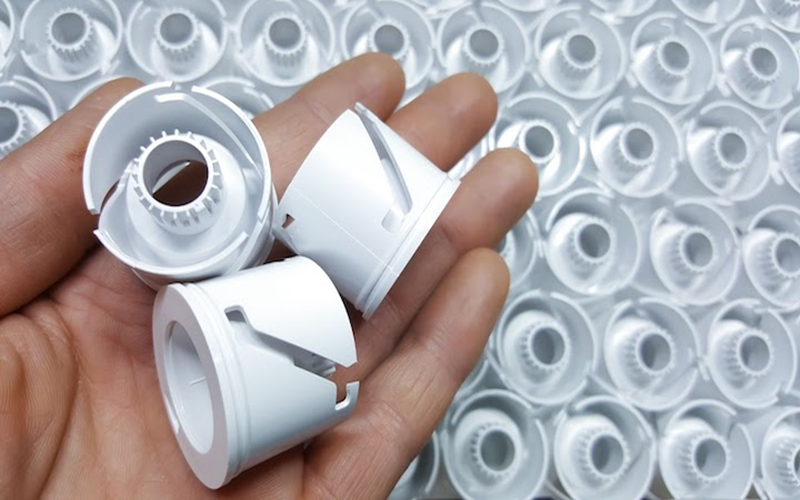
In this comprehensive article, you’ll discover what sets Delrin, the critical aspects of its injection molding process, and the diverse industrial and consumer applications that benefit from Delrin’s superior performance and durability.
What Is LDPE Plastic?
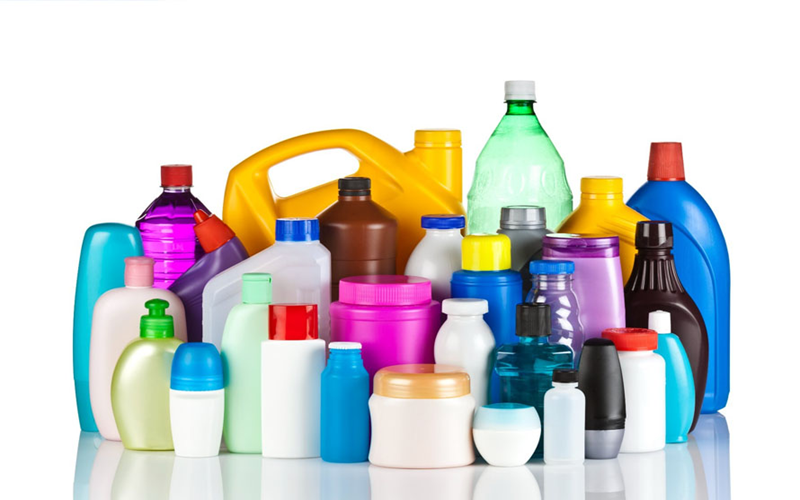
This article explores what LDPE plastic is, its key properties including its characteristic density range and chemical resistance.
It also covers how it’s made, its common applications across various industries including packaging and plastic parts for computer components, and its environmental impact.
Understanding The Various Types Of Polypropylene
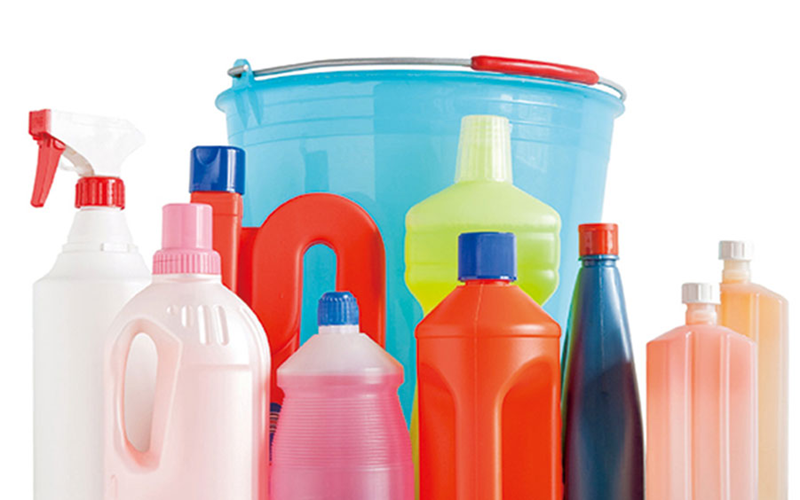
This article delves into the distinct characteristics, properties, and uses of these polypropylene variants, offering insights into their roles in modern industry and their potential for sustainable innovation.
Understanding Insert Injection Molding
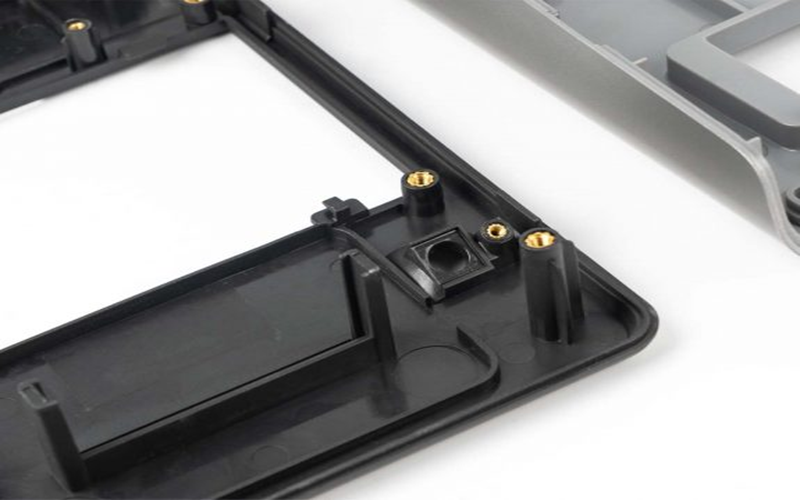
This article explores the insert molding process, materials like engineering plastics and metals, benefits such as reduced assembly and labor costs, applications including medical equipment and digital control panels.
Acrylic Injection Molding Comprehensive Guide
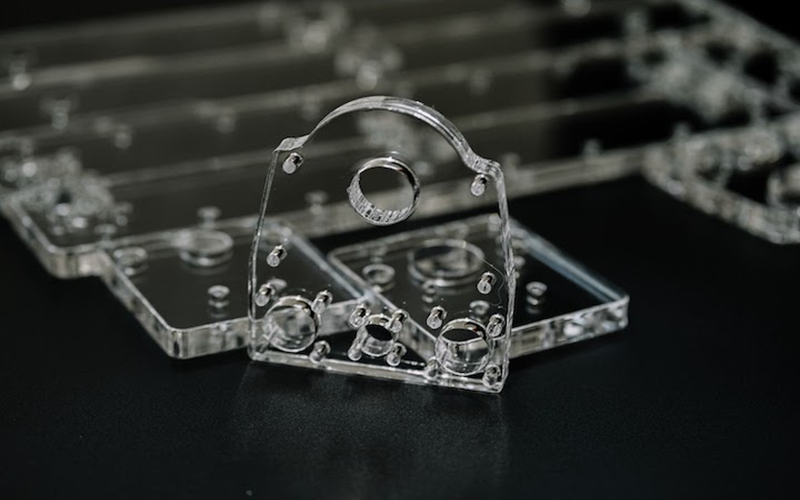
In this article, we’ll explore every aspect of acrylic injection molding—from the detailed injection molding process and key parameters like injection pressure, draft angle, and wall thickness to its advantages.
Polypropylene vs Polystyrene: Which Plastic Is Best?
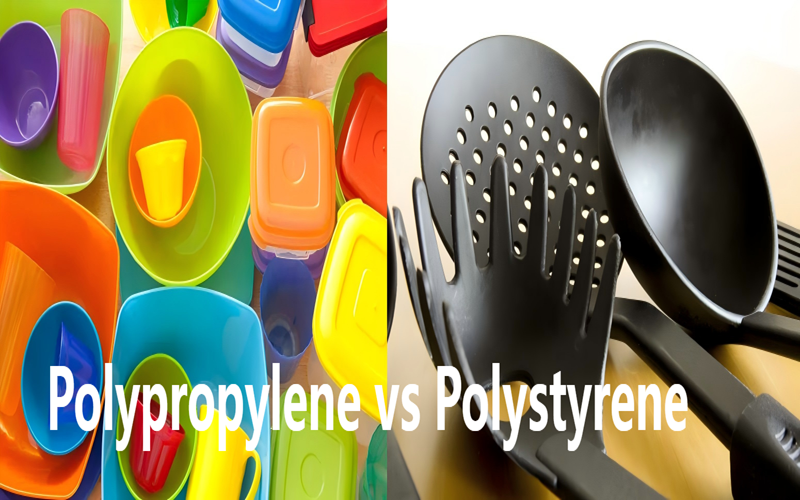
This article delves into the detailed comparison of Polypropylene and Polystyrene, two widely used thermoplastic polymers, to determine which material best suits your needs based on their unique properties, applications, and performance under various conditions.
ASA vs PC: How To Choose?
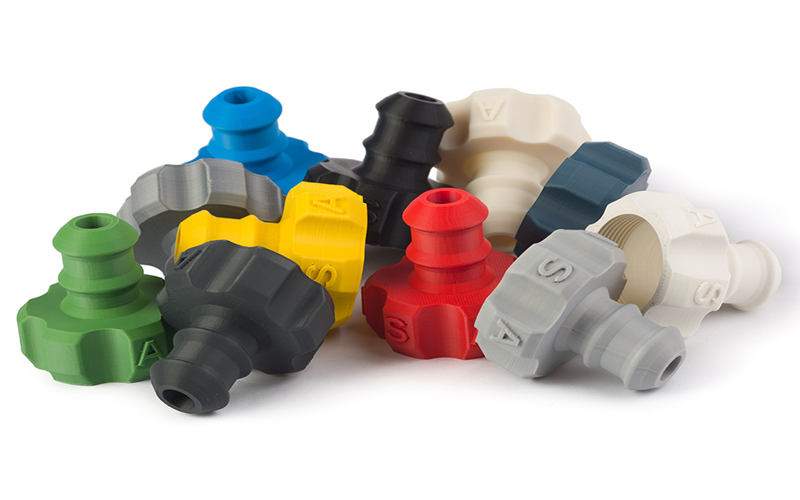
This article explores the theme of “ASA vs PC,” offering a thorough comparison of their differences to guide your material selection process.
ASA vs PETG: Comparison Guide
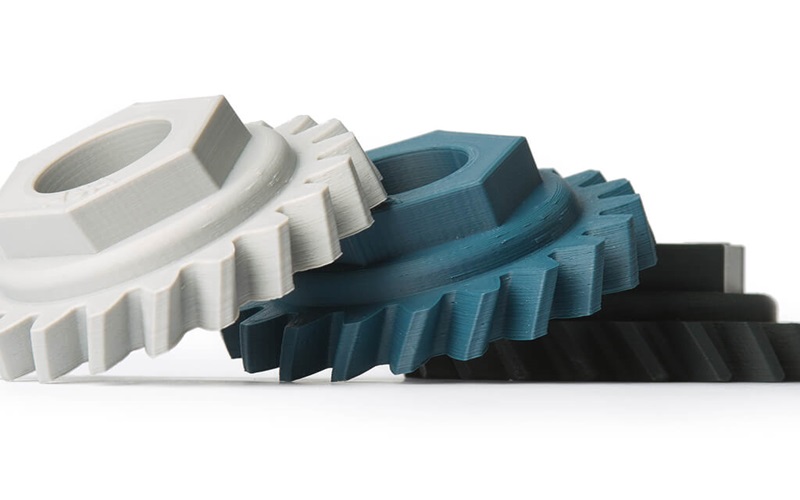
This comprehensive comparison guide delves into the main differences between ASA and PETG.
PET vs PETG: Key Differences
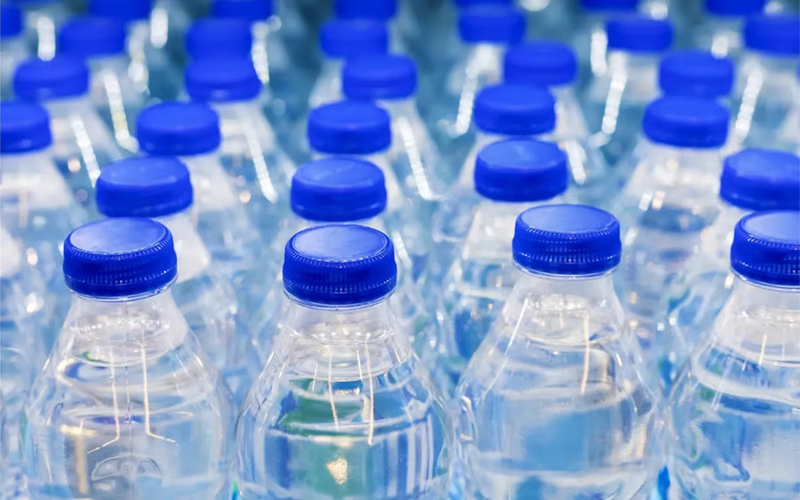
PET and PETG differ mainly in flexibility, with PETG being more pliable and impact-resistant, ideal for 3D printing, while PET is rigid, commonly used for bottles.
